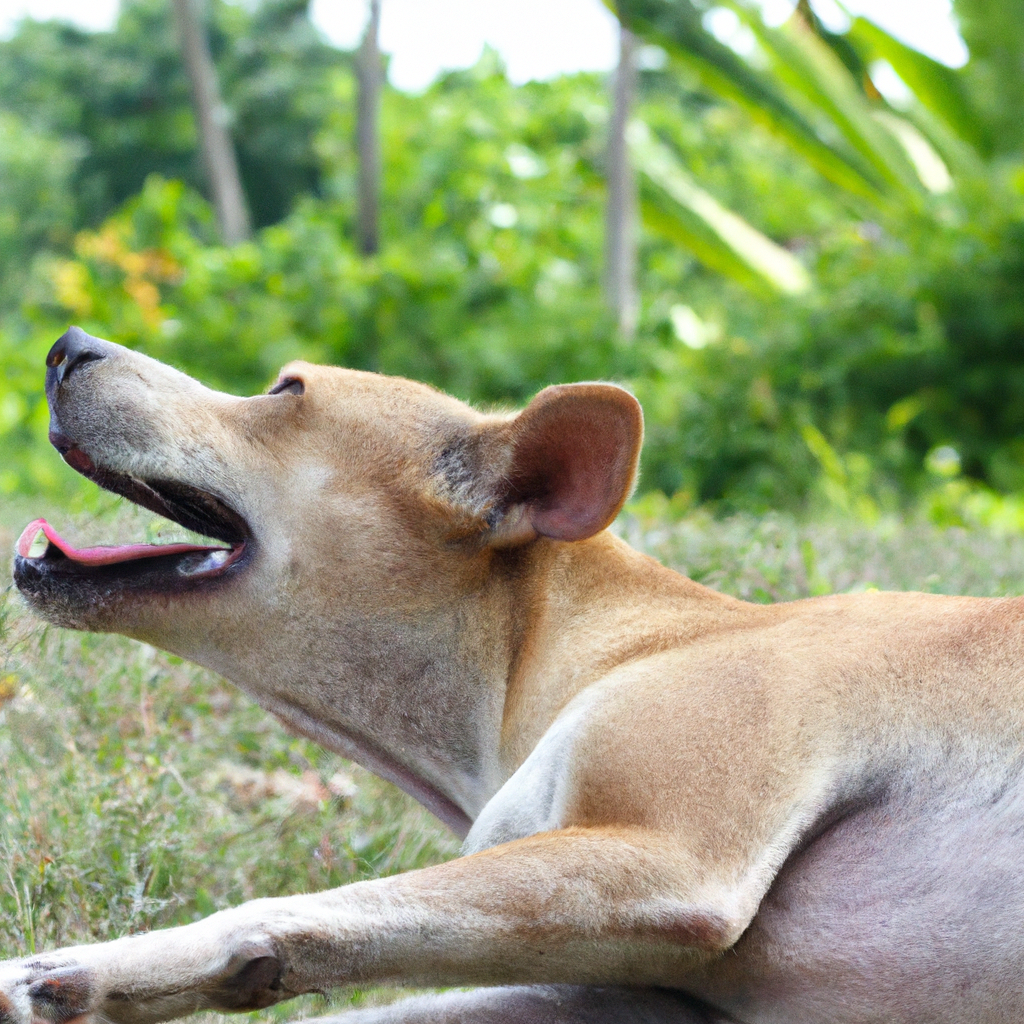CPR for Pets: A Guide to Saving Your Furry Friend’s Life
Pets are cherished members of our families, and their well-being is a top priority. In emergency situations like sudden respiratory arrest, knowing how to perform CPR can be life-saving. This guide provides a step-by-step approach to performing CPR on your pet, giving you the confidence to act quickly and effectively.
1. How to Breathe for the Animal (Rescue Breathing)
If your pet is not breathing but has a heartbeat, rescue breathing can help. Here’s how:
- Check for responsiveness: Gently try to rouse your pet.
- Open the airway: Gently pull the tongue forward and check for any obstructions. Clear any visible blockages.
- Close the mouth: Hold the pet’s mouth closed.
- Breathe into the nose: Cover the pet’s nose with your mouth and give two slow, gentle breaths. Watch for the chest to rise.
- Repeat: Give one breath every 5-6 seconds.
2. Basic CPR for Small Dogs and Cats
If your small dog or cat isn’t breathing and doesn’t have a heartbeat, begin CPR:
- Chest compressions: Place one hand over the heart area (behind the elbow on the left side of the chest).
- Compress: Compress the chest about 1/2 to 1 inch.
- Rate: Give 100-120 compressions per minute.
- Breaths: After every 30 compressions, give two rescue breaths.
- Continue: Keep alternating compressions and breaths until your pet starts breathing on its own or you reach veterinary help.
3. Basic CPR for Large Dogs
CPR for large dogs requires a slightly different approach:
- Positioning: Lay the dog on its side.
- Hand placement: Place one hand on top of the other over the widest part of the chest.
- Compress: Compress the chest about 1 to 2 inches.
- Rate: Give 100-120 compressions per minute.
- Breaths: After every 30 compressions, give two rescue breaths.
- Continue: Keep alternating compressions and breaths until your pet starts breathing on its own or you reach veterinary help.
4. What to Do After Performing CPR
After performing CPR, it’s crucial to take the following steps:
- Monitor: Even if your pet seems to have recovered, closely monitor their breathing and heart rate.
- Seek veterinary care: Immediately take your pet to a veterinarian for a thorough examination. Internal injuries can occur during CPR, and professional medical attention is essential.
- Provide comfort: Keep your pet warm and calm during transport.
5. Conclusion
Knowing how to perform CPR on your pet can make a life-saving difference in an emergency. Remember to stay calm, act quickly, and follow the steps outlined in this guide. Share this article with fellow pet owners and consider taking a certified pet first aid course for hands-on training.
Disclaimer: This guide is for informational purposes only and should not replace professional veterinary training. Consult with your veterinarian for specific advice related to your pet’s health needs.


